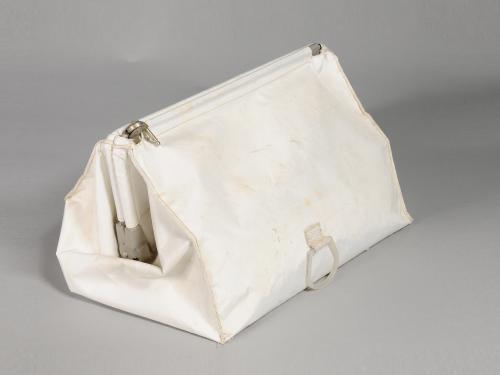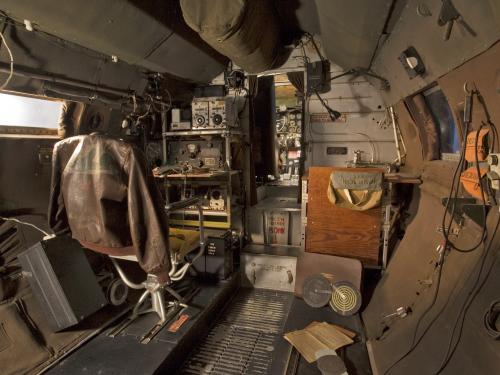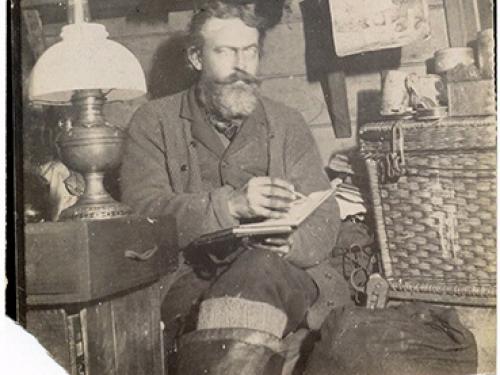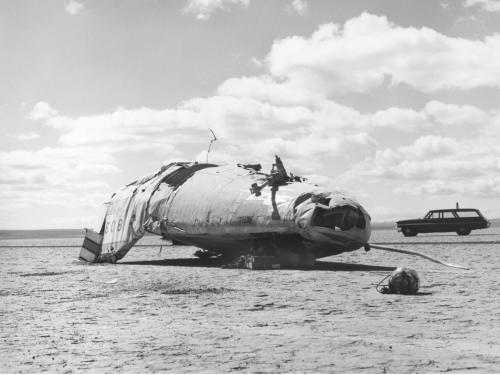
Story
Every once in a while a curator will receive a new collection of objects that has in it one very special item that begs to have its story told. This recently happened to me when I unpacked Alan Eustace’s stratospheric spacesuit. The former Google executive and engineer, along with his StratEx team, set several records on October 24, 2014 including the world’s highest altitude parachute jump at 41.425 kilometers (135,899 feet).










